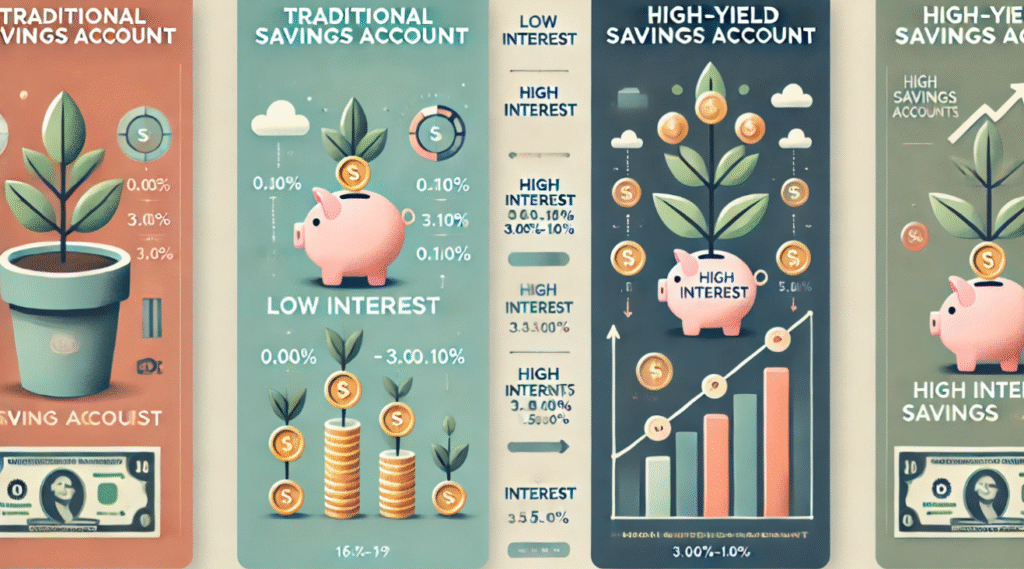
Managing personal finances is a crucial aspect of adult life that can often be overwhelming and confusing. From budgeting to tracking expenses and investments, staying on top of one’s finances is essential for financial stability and success. This is where financial software comes in to simplify the process for beginners. Financial software plays a vital role in simplifying money management for individuals who may not have a strong background in finance. These tools can help users keep track of their income, expenses, and investments, making it easier to see where their money is going and how it’s being used. By providing clear and organized financial information, these software programs can empower individuals to take control of their financial future.
What is Financial Software for Beginners?
Financial software refers to computer programs designed to help individuals or businesses manage their financial activities. This can include tasks such as budgeting, investing, debt management, and more. The purpose of financial software is to simplify and automate various financial tasks, allowing users to track their expenses, manage their investments, and create financial plans more effectively. There are various types of financial software available, each designed to cater to different financial needs. Budgeting software helps users track and manage their expenses, set financial goals, and create budgets. Investing software allows users to track and analyze their investment portfolios, research investment opportunities, and execute trades. Debt management software helps users organize and prioritize their debts, create repayment plans, and track their progress in paying off debts.
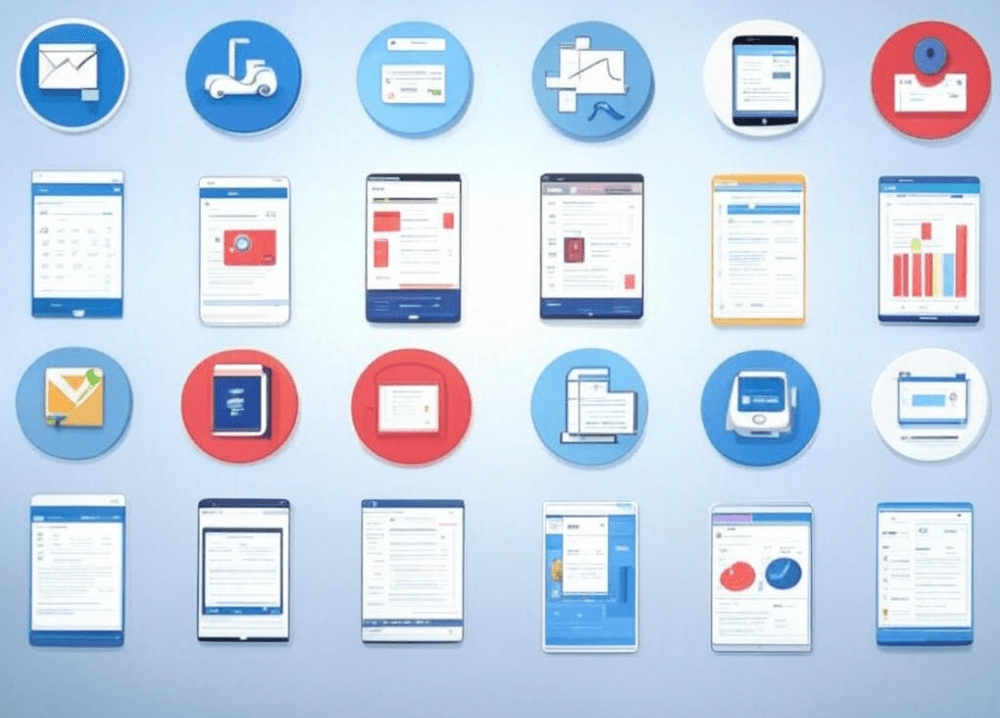
Why Financial Software is Essential for Beginners
Many beginners face common financial struggles such as tracking spending, saving for goals, and managing debt. These challenges can often lead to stress and uncertainty, especially for those who are just starting to take control of their finances. Financial software can address these pain points by providing users with tools and resources to become more financially literate and disciplined. For example, automated expense tracking features can help users easily monitor their spending habits and identify areas where they can cut back. This can be especially helpful for beginners who may not have a clear understanding of where their money is going each month. Budgeting templates are another useful feature that can help beginners create a realistic and achievable budget. These templates can provide a framework for managing expenses and setting aside money for savings and financial goals.
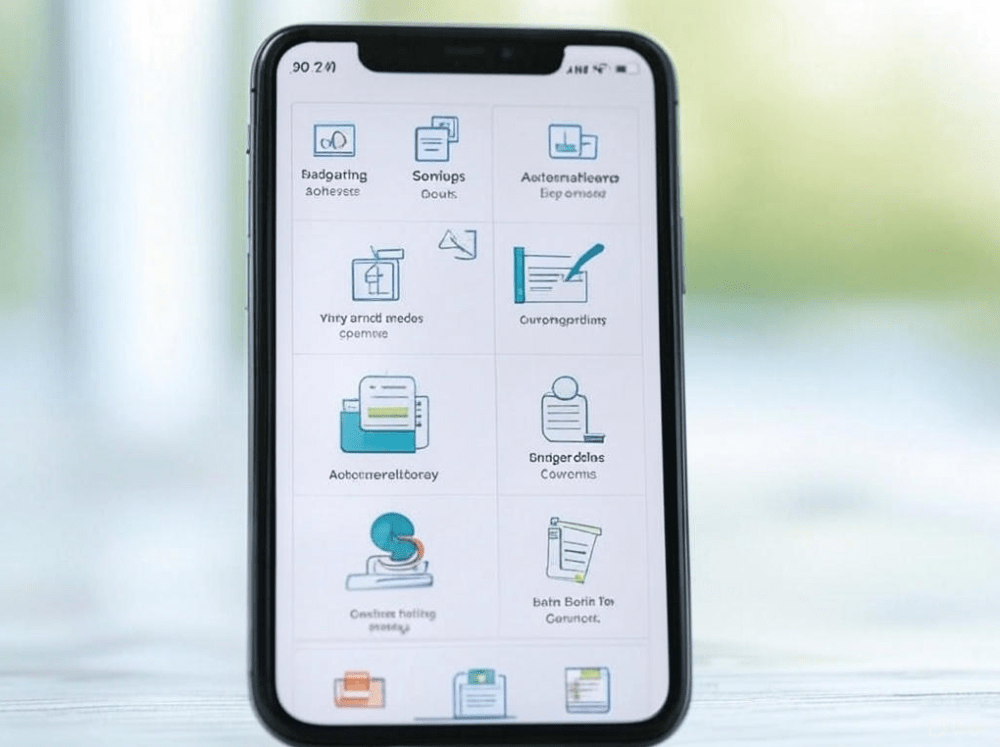
Key Features to Look for in Financial Software for Beginners
User-Friendly Interface:
User-Friendly Interface is crucial for beginners because it allows them to navigate the software or application easily without feeling overwhelmed. It helps in reducing the learning curve and allows users to quickly understand and access the features they need. Automatic Syncing with Bank Accounts is a valuable feature as it saves time and reduces errors. By automatically syncing with bank accounts, users can easily track their finances and transactions without manually entering data. This not only saves time but also minimizes the risk of human error in data entry, leading to more accurate financial records.
Budgeting Tools:
Budgeting Tools are essential for managing your finances effectively. They allow you to categorize your expenses, track them, and set spending limits to stay within your budget. This can help you better understand where your money is going and make adjustments as needed. As for Goal Setting and Savings Plans, many software options offer features that can help beginners set and track financial goals. This can include saving for a specific purchase, building an emergency fund, or working towards long-term financial milestones. By using these tools, individuals can stay focused on their financial objectives and monitor their progress along the way.
Reporting and Analytics:
Reporting and analytics are critical tools for making informed decisions in business. Financial reports provide valuable insights into the performance and health of a company, allowing leaders to identify trends, opportunities, and potential risks. By leveraging data and analytics, organizations can make strategic decisions that drive growth and profitability. When it comes to security features, it’s essential to ensure that personal and financial data is protected. With the increasing threat of cyber-attacks and data breaches, organizations need to implement robust security measures to safeguard sensitive information. This includes encryption, multi-factor authentication, and regular security assessments to identify and address vulnerabilities. Prioritizing security features is crucial for maintaining customer trust and compliance with data protection regulations.
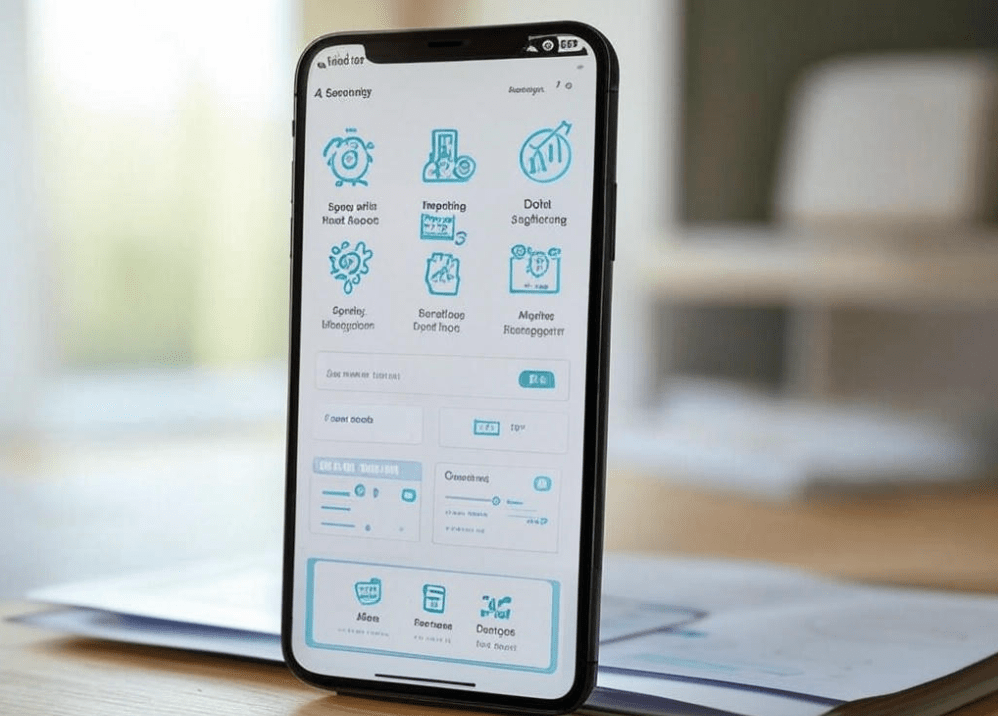
Top Financial Software for Beginners
Sure! Here are 4 top financial software options suitable for beginners:
Mint: Key features: Budgeting, bill tracking, credit score monitoring, investment tracking Pricing structure: Free Pros: User-friendly interface, comprehensive financial tracking, goal setting features Cons: Advertisements for financial products, limited investment tracking capabilities Best for: Budgeting and overall financial tracking
You Need a Budget (YNAB): Key features: Zero-based budgeting, goal setting, debt payoff tracking Pricing structure: Free trial, then $
99/month or $84/year Pros: Focus on proactive budgeting, educational resources, strong community support Cons:
Step-by-Step Guide to Using Financial Software for Beginners
Step 1: Choosing the Right Financial Software
When choosing the right financial software, it’s important to consider a few key factors. First, assess your specific needs and goals. Are you looking for software to help with budgeting, investment tracking, or overall financial management? Next, consider your budget. There are a wide range of financial software options available, so it’s important to find one that fits within your price range. Additionally, think about your long-term financial goals and whether the software you choose can help you achieve them. Finally, consider factors like user-friendliness, customer support, and integration with other financial tools. By carefully considering these factors, you can choose the financial software that best meets your needs.
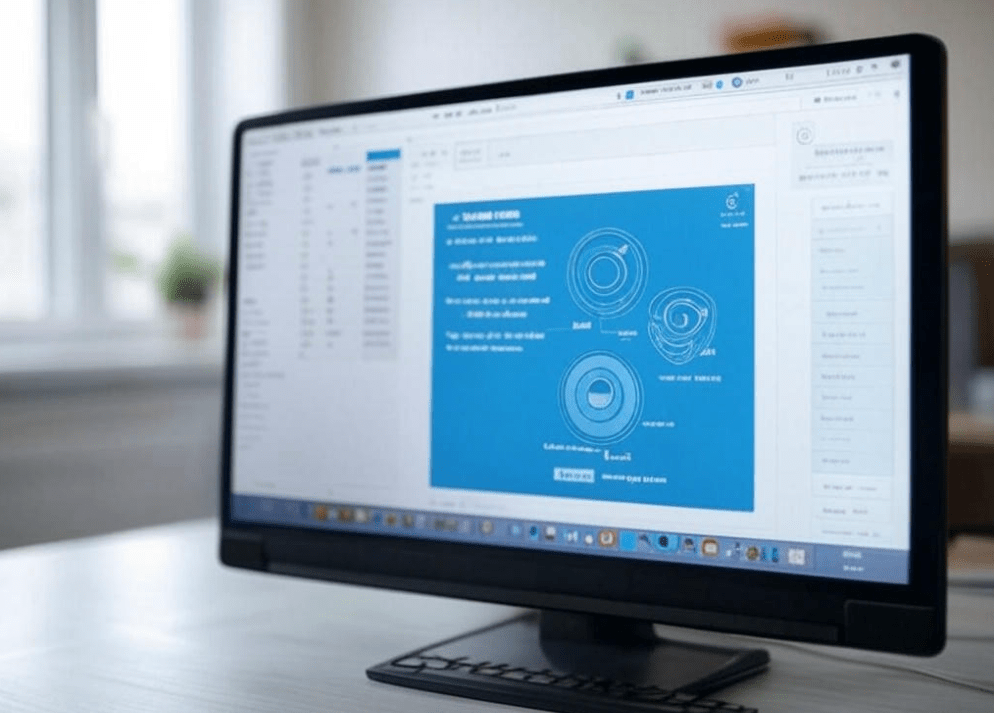
Step 2: Setting Up Accounts and Syncing Financial Data
First, you’ll want to navigate to the settings or account section within the software. Look for an option to connect a new account or link an existing account. From there, you’ll be prompted to enter the login credentials for your bank, credit card, or other financial institution. The software will then securely connect to your accounts and sync your financial data. Be sure to follow any additional verification steps required by your financial institution to ensure a secure connection. Once your accounts are linked, you’ll be able to view all of your financial information in one place, making it easier to track your spending and manage your budget.
Step 3: Creating a Budget and Setting Financial Goals
Setting up a budget is an important step in managing your finances. To start, gather all of your financial information, including your income and expenses. Then, categorize your expenses into groups such as housing, transportation, food, and entertainment. This will help you see where your money is going and where you can make adjustments. When it comes to setting financial goals, it’s important to define both short-term and long-term objectives. Short-term goals could include building an emergency fund or paying off credit card debt, while long-term goals might include saving for retirement or buying a home. Once you’ve defined your goals, track your progress regularly to stay on track.
Step 4: Monitoring Your Progress and Making Adjustments
To monitor your progress and make adjustments to your financial plan, it’s important to regularly review your financial reports, track your spending, and make adjustments to your budget as needed. Start by reviewing your financial reports, such as your income statement and balance sheet, to get a clear picture of your financial situation. Track your spending by keeping a detailed record of your expenses and comparing it to your budget. If you notice that you’re consistently overspending in certain areas, it’s time to make adjustments to your budget. This could involve cutting back on certain expenses, finding ways to increase your income, or reallocating funds to different categories. By regularly monitoring your progress and making adjustments as needed, you can stay on track to meet your financial goals.
Financial software is an essential tool for beginners looking to take control of their finances. It offers numerous benefits such as tracking income and expenses, creating budgets, and monitoring investments. By using financial software, beginners can gain a better understanding of their financial situation and make informed decisions about their money. It’s important to select a financial software tool that aligns with your specific needs and goals. Whether you’re looking for basic budgeting or more advanced investment tracking, there are plenty of options available to suit your preferences. I encourage you to take the next step in mastering your finances by exploring different financial software tools and finding one that works for you.
Step 5: Using Advanced Features (Optional)
Financial software often includes advanced features that can help users further expand their knowledge and skills in managing their finances. Some of these advanced tools may include investing, tax planning, and retirement planning. These features can provide valuable insights and guidance for individuals who are looking to take their financial management to the next level. While these advanced features are optional, they can be beneficial for those who are looking to enhance their financial literacy and make more informed decisions about their money.
Common Mistakes to Avoid When Using Financial Software
When using financial software, beginners may encounter several pitfalls that can affect the accuracy and effectiveness of their financial management. One common mistake is not regularly updating account information, which can lead to inaccurate balances and missed transactions. Another pitfall is ignoring categories or not fully categorizing all expenses, which can make it difficult to track spending habits and create an accurate budget. Additionally, overcomplicating goals or setting unrealistic expectations can lead to frustration and disappointment. To avoid these mistakes and optimize the utility of financial software, beginners should make it a habit to regularly update their account information and reconcile their transactions. They should also take the time to properly categorize all expenses to get a clear understanding of their spending habits.

Conclusion
Financial software is essential for beginners as it helps in managing personal finances effectively. It offers benefits such as tracking income and expenses, creating budgets, and setting financial goals. It also provides valuable insights into spending habits and helps in making informed financial decisions. I encourage you to take the next step in mastering your finances by selecting a financial software tool that aligns with your needs. Whether you are looking for basic budgeting or more advanced investment tracking, there is a financial software option available for you. Start using financial software today and take control of your financial future! By utilizing these tools, you can gain a better understanding of your financial situation and work towards achieving your long-term financial goals.













